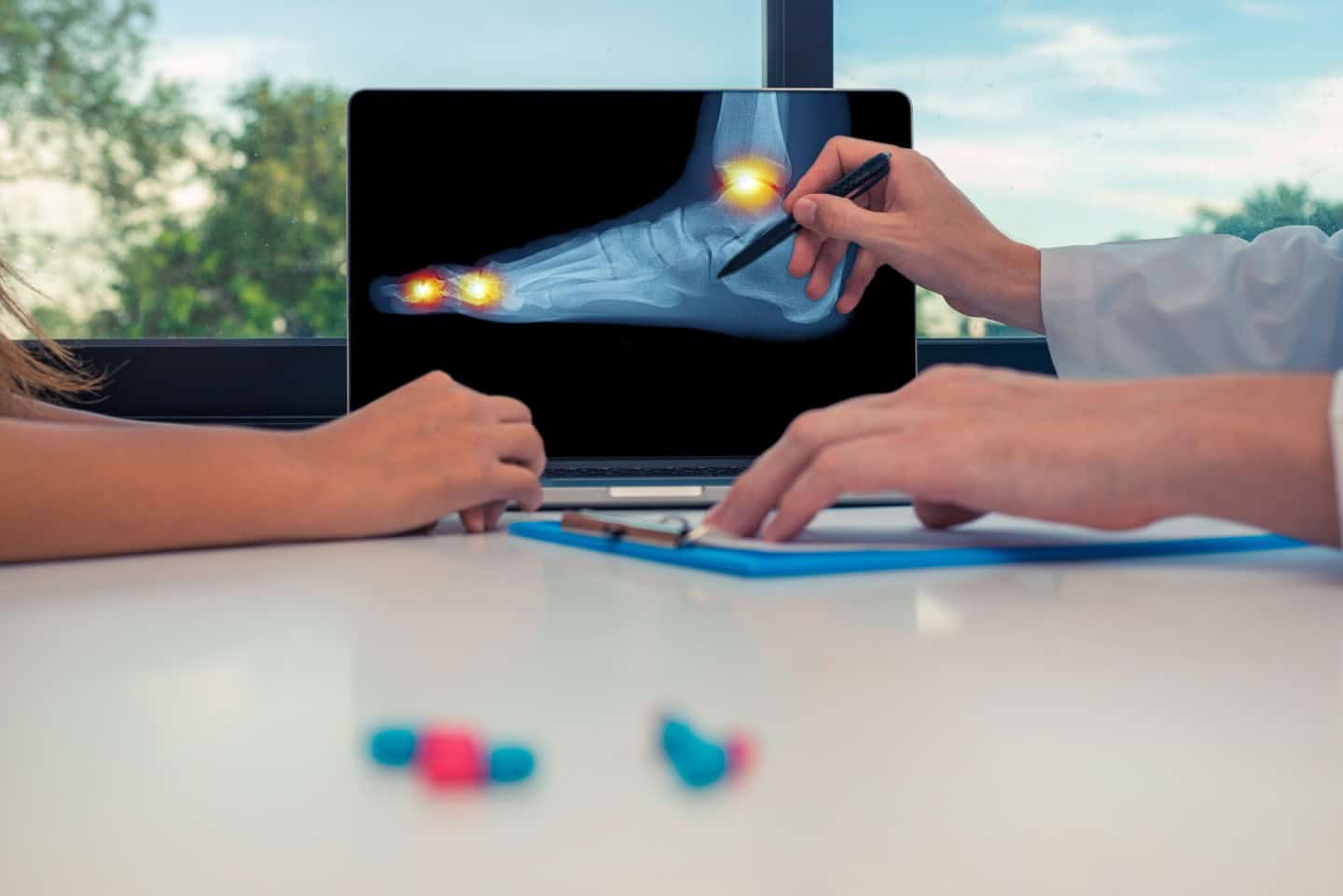
Charcot Foot: Understanding, prevention and awareness
Bolt Burdon Kemp works with scores of people who have lost a limb through no fault of their own. A particularly challenging condition that can lead to serious complications if not properly managed is Charcot foot.
In this blog I explore the potential complications of Charcot foot, and the avenues for seeking justice if medical negligence is involved.
Understanding Charcot foot
Charcot foot is a condition where the bones in the foot become fragile, with very minor forces such as walking able to break or dislocate bones. Charcot foot, also known as Charcot neuroarthropathy, is a progressive degenerative condition that affects the joints, bones, and soft tissues of the foot or ankle.
It often occurs in individuals with peripheral neuropathy, such as those with diabetes mellitus. The hallmark symptoms include swelling, redness, warmth, and deformity of the affected foot.
Prevention is key in managing Charcot foot and minimising its complications. For that reason, patients with diabetes or other conditions predisposing them to neuropathy (such as numbness and/or tingling) should receive regular foot exams and education on proper foot care.
This includes daily foot inspections, wearing appropriate footwear, and maintaining good blood sugar control. Early detection and intervention can significantly reduce the risk of developing Charcot foot.
Potential complications of Charcot foot
If left untreated or mismanaged, Charcot foot can lead to severe complications, including the loss of a limb. The progressive destruction of bones and joints can result in deformities that are difficult to correct. In advanced stages, ulceration and infection may develop, necessitating amputation to prevent further spread of infection and preserve the patient’s overall health and well-being.
In cases where Charcot foot complications may have arisen due to healthcare failures, perhaps in the context of a failure to properly diagnose or delays in treating the condition, affected individuals may have grounds for a clinical negligence claim. Medical professionals have a duty of care to their patients, and if this duty is breached, resulting in avoidable harm, legal action may be necessary to obtain compensation for the physical, emotional, and financial losses suffered.
If you consider you or a loved one may have suffered avoidable harm resultant from their Charcot foot treatment, you may wish to seek expert legal advice on your options.
Limb loss and limb difference awareness
By raising awareness of conditions like Charcot foot and the importance of early intervention and proper medical care, we can strive to prevent unnecessary amputations and improve the quality of life for those affected.
By understanding the symptoms, prevention strategies, potential complications, and avenues for legal recourse, we can work towards ensuring all patients receive the standard of care they deserve.
For more information on Charcot foot and diabetes you may benefit from visiting Diabetes UK’s dedicated page.
Finally, if you or a loved one is an amputee and would like to explore what additional support may be available, Bolt Burdon Kemp work closely with the Limbless Association, a national charity supporting those with limb loss.










